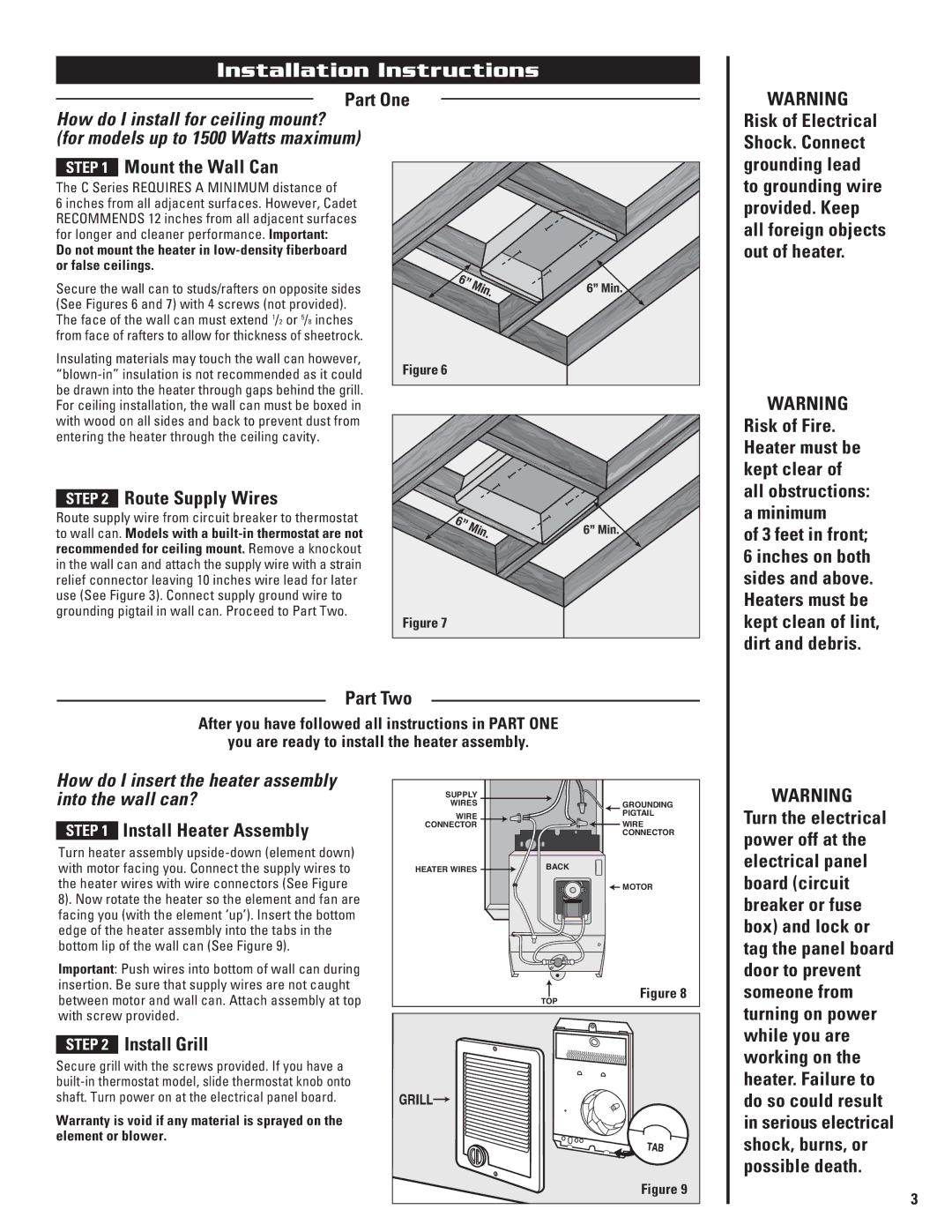C specifications
Cadet C is a versatile and advanced unmanned aerial vehicle (UAV) designed for a variety of applications, making it an essential tool in modern aviation and defense scenarios. Its lightweight structure, combined with cutting-edge technologies, allows it to perform a wide range of missions, from surveillance and reconnaissance to search and rescue operations.One of the standout features of Cadet C is its impressive flight endurance. With a battery life that allows for extended flight times, it can stay airborne for several hours, significantly enhancing its operational capabilities. This is particularly valuable in military applications where long-duration missions are often required, enabling the collection of vital intelligence over extended periods without the need for frequent landings.
The Cadet C is equipped with state-of-the-art sensors and cameras, including high-resolution electro-optical and infrared systems. These sensors provide real-time data and imagery, allowing operators to monitor areas of interest with unparalleled detail and accuracy. The integration of advanced imaging technologies makes the Cadet C an ideal choice for surveillance missions, as it can easily detect and identify targets from significant distances.
In addition to its remarkable imaging capabilities, the Cadet C boasts an advanced navigation system that incorporates GPS and inertial measurement units. This ensures precise positioning and stability during flight, even in challenging weather conditions. The UAV's autonomous flight capabilities further enhance its effectiveness, enabling it to execute predefined missions with minimal human intervention.
Moreover, Cadet C supports various communication technologies, including secure data links that enable seamless transmission of information between the UAV and its operators. This ensures that critical data is relayed in real-time, allowing for informed decision-making during operations.
The Cadet C's design also emphasizes durability and ease of maintenance. Constructed with robust materials, it is built to withstand harsh environments while maintaining optimal performance. Its modular design simplifies repairs and upgrades, ensuring that it remains operational over the long term.
In summary, Cadet C is a cutting-edge UAV that excels in endurance, imaging capabilities, navigation precision, and communication technologies. Its robust design and versatility make it an invaluable asset for military and civilian operations alike, addressing the increasing need for efficient aerial surveillance and reconnaissance solutions. As technology continues to evolve, the potential applications of the Cadet C will likely expand, solidifying its role in the future of unmanned aviation.

